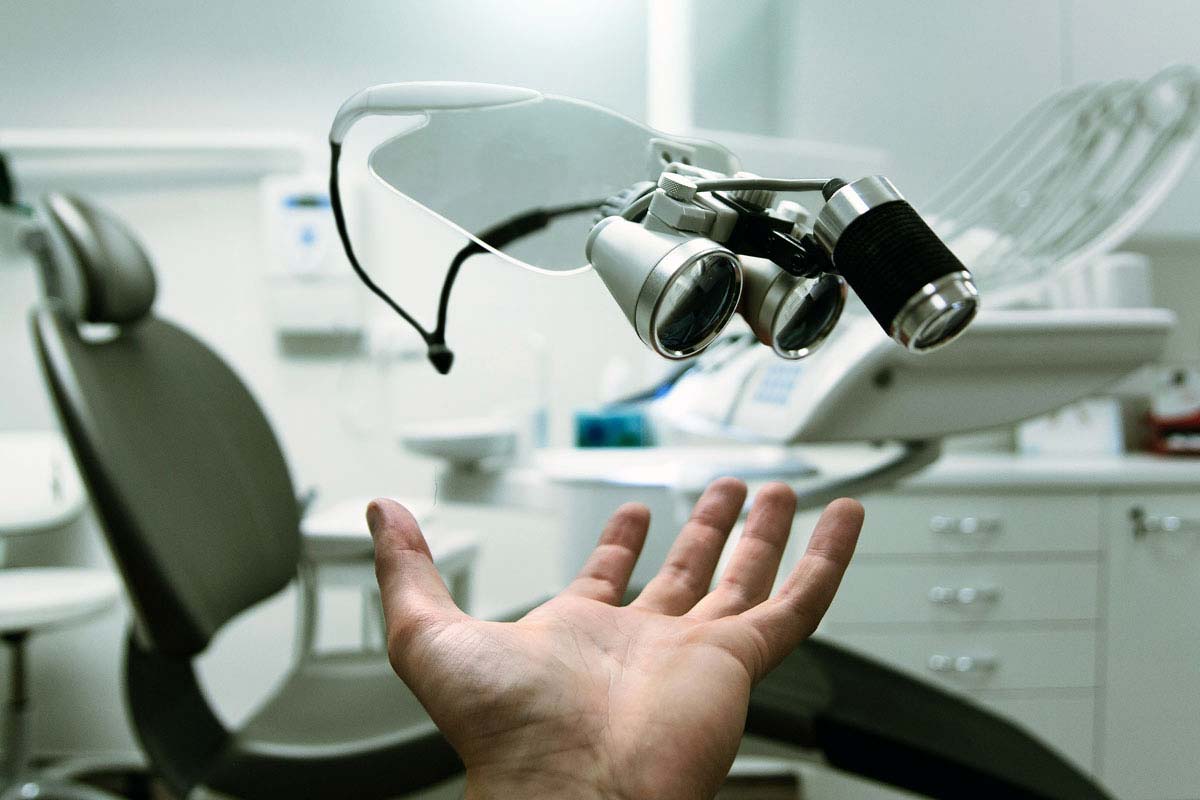Perimetry: A Change in the Rate of Progress? Let’s Talk Vision, Tech, and Why It Matters
Hey there, fellow eye enthusiasts! Ever wondered how your eye doctor maps out your blind spots or catches those sneaky early signs of glaucoma? Spoiler: It’s all thanks to perimetry—a fancy term for visual field testing. But here’s the kicker: Is this tech evolving faster than a TikTok trend, or are we stuck in the slow lane? Let’s unpack the latest, crack a few jokes (because eye exams aren’t that thrilling), and maybe even convince you to book that Annual Eye Exam you’ve been dodging.
At Liberty Laser Eye Center in Vienna, Virginia, we’ve seen firsthand how perimetry tools have shifted from “meh” to “whoa!” over the years. Whether you’re Googling “Lasik eye surgery near me” or just curious about how your peepers work, stick around. We’ve got hot takes, nerdy facts, and a gentle push to prioritize your eye health.
What Even Is Perimetry? (And Why Should We Care?)
Let’s start simple. Perimetry is like a video game for your eyes. You stare at a target, click a button when you see flashes of light, and voilà—your eye doc gets a map of your visual field. It’s how we catch early signs of glaucoma, retinal issues, or even neurological problems. Think of it as your eyes’ annual performance review.
But here’s the tea: Traditional perimetry was slow. Like, “I’d-rather-watch-paint-dry” slow. patients squirmed, results took forever, and let’s be real—accuracy wasn’t always Oscar-worthy. Fast-forward to 2024, and we’re seeing faster, smarter tech that’s turning this test into a streamlined experience.
The Speed Revolution: Is Perimetry Finally Catching Up?
Old-School vs. New-School: A Face-Off
Let’s compare, shall we?
| Traditional Perimetry | Modern Perimetry |
|---|---|
| Manual adjustments | Automated, AI-driven systems |
| 15–20 minutes per eye | Under 5 minutes (with better accuracy) |
| “Did I imagine that light?” moments | Real-time feedback to reduce errors |
Modern devices use Wavefront Analysis and Topography-Guided tech to personalize tests. Translation: Less guesswork, more precision. At Liberty Laser Eye Center, we’ve ditched the clunky old gear for machines that feel like they belong in a sci-fi flick.
But Wait—Why the Sudden Progress?
Blame it on AI (or thank it, depending on your stance on robot overlords). Algorithms now predict where your blind spots might be, adjust testing patterns on the fly, and even flag issues your doc might miss. For folks with Keratoconus or Astigmatism, this is a game-changer.
FYI, if you’re in Washington DC and need a Dry Eye Treatment or Corneal Cross-Linking, swing by our clinic. We’ll hook you up with tech that doesn’t suck.
“But Does This Affect Me?” (Spoiler: Yes)
Here’s where it gets personal. Whether you’re researching Lasik recovery times or just trying to read street signs without squinting, perimetry’s evolution impacts you. Let’s break it down:
- For the “Fix My Vision Now” Crowd: If you’re eyeing laser eye surgery (like Advanced PRK or PresbyLASIK), accurate perimetry ensures you’re a good candidate. No one wants post-surgery surprises!
- For the “I’m Getting Older and It Shows” Squad: Presbyopia sneaks up on us all. Modern perimetry helps tailor solutions, like multifocal lenses or PresbyLASIK Surgery.
- For the “Why Are My Eyes So Dry?!” Folks: Chronic dry eye? Perimetry can uncover underlying issues messing with your tear production.
And hey, if you’re hunting for the best Lasik surgeon nearby, ask about their perimetry tech. Liberty Laser Eye Center uses top-tier gear because, well, your eyes deserve it.
The Future of Perimetry: Faster, Smarter, or Just More Hype?
We’ll admit it: Not every “innovation” is worth the buzz. Remember 3D TVs? Exactly. But here’s why perimetry’s upgrades matter:
- Speed = Comfort: Less time in the chair means fewer “Are we done yet?” meltdowns.
- Accuracy = Better Care: Catching glaucoma early can save your vision. No joke.
- Personalization = Better Outcomes: Your eyes aren’t like anyone else’s. Why treat them that way?
At our clinic in Vienna, VA, we’ve seen patients breeze through tests that once felt like a chore. And with affordable pricing (no, really—check our reviews), there’s no excuse to skip that exam.
Wait, Should I Get a Perimetry Test? Let’s Decide Together
Ask yourself:
- Do I have a family history of glaucoma or Nearsightedness?
- Has my night vision gotten worse?
- Am I overdue for an Annual Eye Exam?
If you answered “yes” to any, congrats—it’s time to adult. And if you’re near Washington DC, we’re your nearest eye nerds ready to help.
4 Burning Questions About Perimetry (Answered Without Jargon)
-
“Does it hurt?”
Nope! It’s like playing a low-stakes video game. No poking, no prodding. -
“How do I prepare?”
Skip the caffeine (it can affect results) and bring your glasses. That’s it. -
“How often should I get tested?”
Yearly if you’re over 40 or have risk factors. Otherwise, every 2–3 years. -
“What if I fail the test?”
First off, you can’t “fail.” But abnormal results just mean we’ll investigate further. No panic required.
Wrapping Up: Eyes on the Prize
So, is perimetry evolving faster than ever? IMO, absolutely. With AI, better hardware, and a focus on patient comfort, what used to feel like a chore is now a quick pit stop on your health journey.
And hey, if you’re in the Washington DC area and need Lasik doctors who geek out over this stuff, you know where to find us. At Liberty Laser Eye Center, we’re all about clarity—both in your vision and our explanations.
Ready to ditch the blur? Give us a shout. Because let’s face it: Your future self will high-five you for it. 😉



